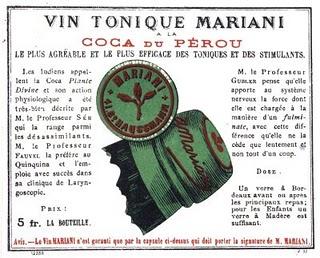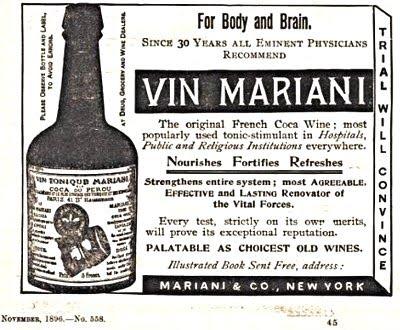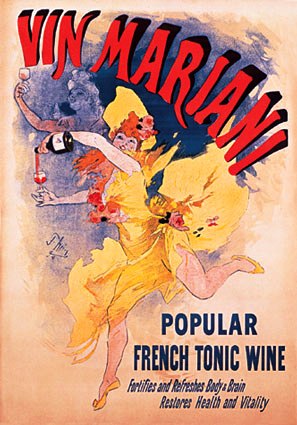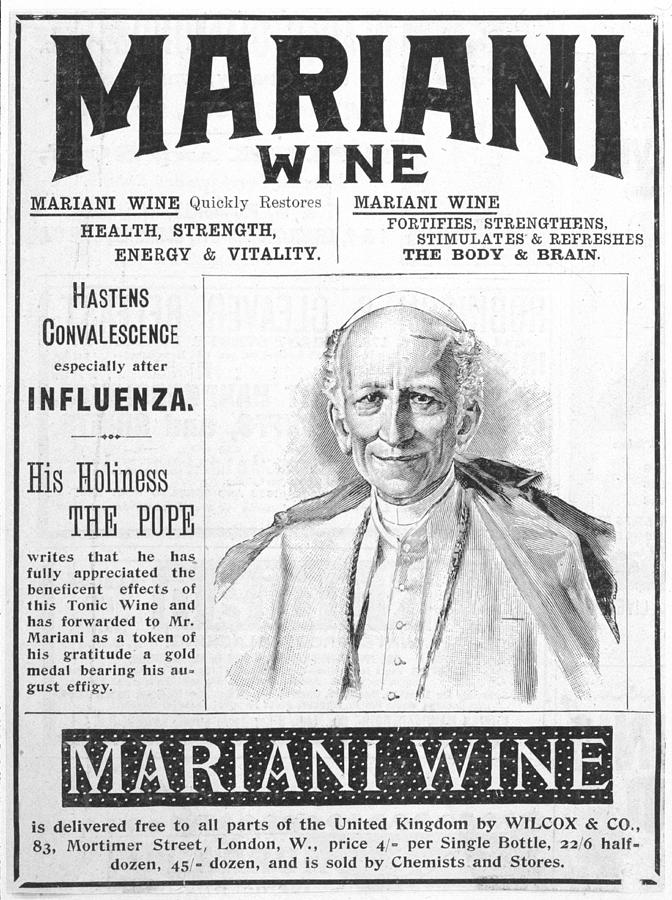 The Humala administration continues to suck up to the USA and is preparing to copy Colombia and Mexico in their 'war on drugs'.
The Humala administration continues to suck up to the USA and is preparing to copy Colombia and Mexico in their 'war on drugs'.According to United Nations data the Valley of the Apurimac and Ene Rivers (known as VRAE) is the biggest grower of coca on Earth.
The presence of police and military has been augmented significantly. Already, this has led to various lethal incidents, most probably including the death of children.
It is known that the government is preparing to expropriate more than 1'100 acres of farmland on the valley floor to build a new military airbase.
2012 the permanently on the edge of bankruptcy balancing US-government has paid for its 'war on drugs' 55$ million to Peru. This year, the US embassy in Lima says, the USA will even spend 100$ million.



















